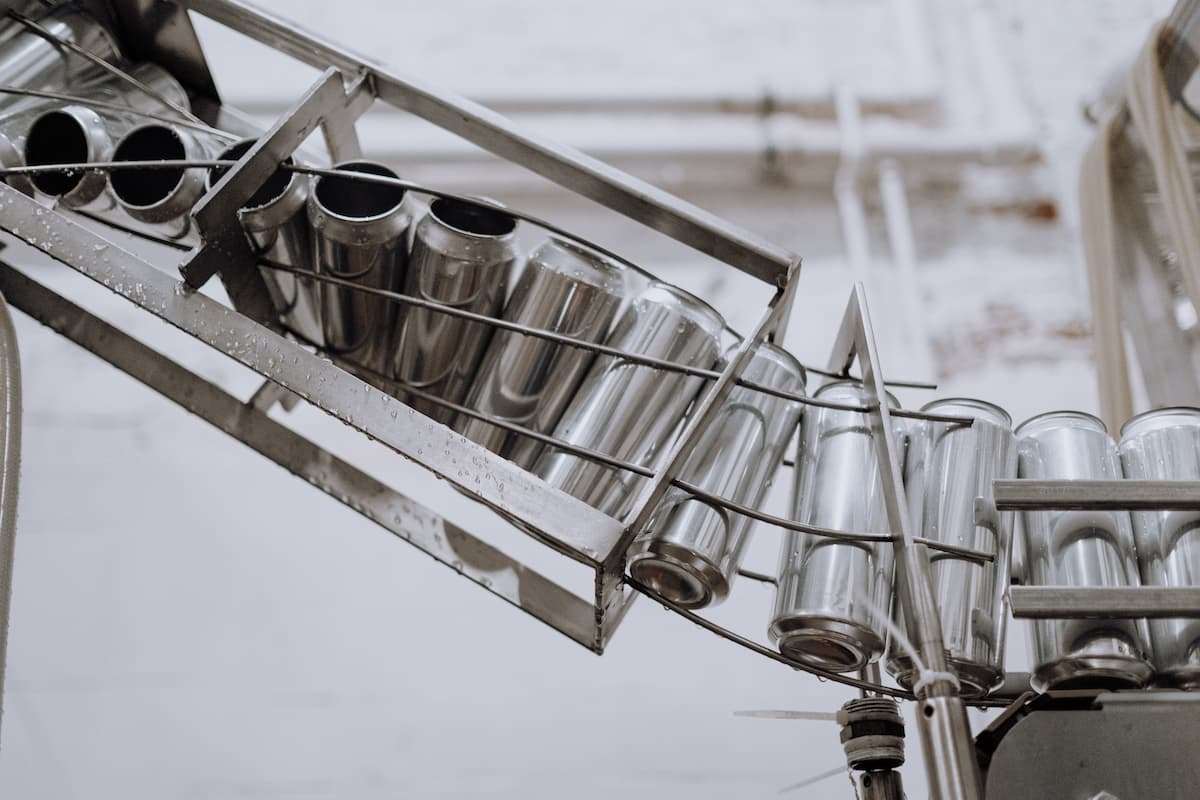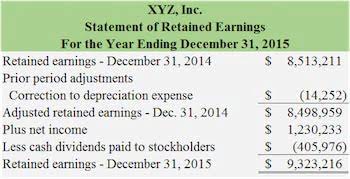
Here, the company could withstand a liquidity shortfall if providers of debt financing see the core operations are intact and still capable of generating consistent cash flows at high margins. The Current Ratio is a measure of a company’s near-term liquidity position, or more specifically, the short-term obligations coming due within one year. Public companies don’t report their current ratio, though all the information needed to calculate the ratio is contained in the company’s financial statements. Even from the point of view of creditors, a high current ratio is not necessarily a safeguard against non-payment of debts. By contrast, in the case of Company Y, 75% of the current assets are made up of these two liquid resources.

While determining a company’s real short-term debt paying ability, an analyst should therefore not only focus on the current ratio figure but also consider the composition of current assets. First, the quick ratio excludes inventory and prepaid expenses from liquid assets, with the rationale being that inventory and prepaid expenses are not that liquid. Prepaid expenses can’t be accessed immediately to cover debts, and inventory takes time to sell. When evaluating a company’s financial health, contrasting the current ratio with other liquidity ratios can offer a thorough analysis of its liquidity position. In the current ratio equation, current liabilities are found by summing up short-term notes payable + accounts payable + payroll liabilities + unearned revenue. A ratio of over 1 indicates a company that can meet all its short-term financial obligations and has more current assets than current liabilities.
Ask Any Financial Question
The current liabilities, on the other hand, include wages, accounts payable, short-term debts, taxes payable, and the current portion of long-term debt. The current ratio formula and calculation is an example of liquidity ratios used to determine a company’s ability to pay off current debt obligations without raising external capital. The current ratio, quick ratio, and operating cash flow ratio are all types of liquidity ratios. A current ratio of 1.5 would indicate that the company has $1.50 of current assets for every $1 of current liabilities.

Short term obligations (also known as current liabilities) are the liabilities payable within a short period of time, usually one year. Generally, it is agreed that a current ratio of less than 1.0 may indicate insolvency. Sometimes, even though the current ratio is less than one, the company may still be able to meet its obligations. You have to know that acceptable current ratios vary from industry to industry. Outside of a company, investors and lenders may consider a company’s current ratio when deciding if they want to work with the company. For example, this ratio is helpful for lenders because it shows whether the company can pay off its current debts without adding more loan payments to the pile.
How can your company use your quick ratio?
However, even if the company is at risk of default, relying on this liquidity ratio may still seem reasonable if an inventory cannot be sold. For example, a company may have a high current ratio but aging accounts receivable, indicating slow customer payment or potential write-offs. The current ratio is a liquidity ratio that assesses the ability of a company current ratio equation to meet its short-term commitments, those due within one year. If you ask a panel of experienced entrepreneurs or business experts why most businesses fail, you will likely notice the same answer coming up over and over. One of the biggest reasons businesses fail is because they don’t have enough cash on hand to satisfy their short-term operating expenses.
Learn the skills you need for a career in finance with Forage’s free accounting virtual experience programs. Current assets refers to the sum of all assets that will be used or turned to cash in the next year. Factors such as the quality of assets and efficient working capital management should be considered. Shaun Conrad is a Certified Public Accountant and CPA exam expert with a passion for teaching. After almost a decade of experience in public accounting, he created MyAccountingCourse.com to help people learn accounting & finance, pass the CPA exam, and start their career. This account is used to keep track of any money customers owe for products or services already delivered and invoiced for.
What is a good current ratio?
If you’re still confused about how to calculate the quick ratio, we’ll take you through the process step-by-step. For example, supplier agreements can make a difference to the number of liabilities and assets. A large retailer like Walmart may negotiate favorable terms with suppliers that allow it to keep inventory for longer periods and have generous payment terms or liabilities. Current ratios can vary depending on industry, size of company, and economic conditions. Bankrate.com is an independent, advertising-supported publisher and comparison service.
- Instead of keeping current assets (which are idle assets), the company could have invested in more productive assets such as long-term investments and plant assets.
- This metric evaluates a company’s overall financial health by dividing its current assets by current liabilities.
- However, an investor can look deeper into the details of a current ratio comparison of these companies by evaluating other liquidity ratios that are more narrowly focused than the current ratio, such as the quick ratio.
- Start with a free account to explore 20+ always-free courses and hundreds of finance templates and cheat sheets.
- The current ratio is one tool you can use to analyze a company and its financial state.
The current ratio evaluates a company’s ability to pay its short-term liabilities with its current assets. The quick ratio measures a company’s liquidity based only on assets that can be converted to cash within 90 days or less. The current ratio is a useful liquidity measurement used to track how well a company may be able to meet its short-term debt obligations.
What’s an example of current ratio?
The current ratio is one of many liquidity ratios that you can use to measure a company’s ability to meet its short-term debt obligations as they come due. The current ratio compares a company’s current assets to its current liabilities. Both of these are easily found on the company’s balance sheet, and it makes the current ratio one of the simplest liquidity ratios to calculate. The quick ratio, unlike the current ratio formula, only considers assets that can be converted to cash in a short period of time.
